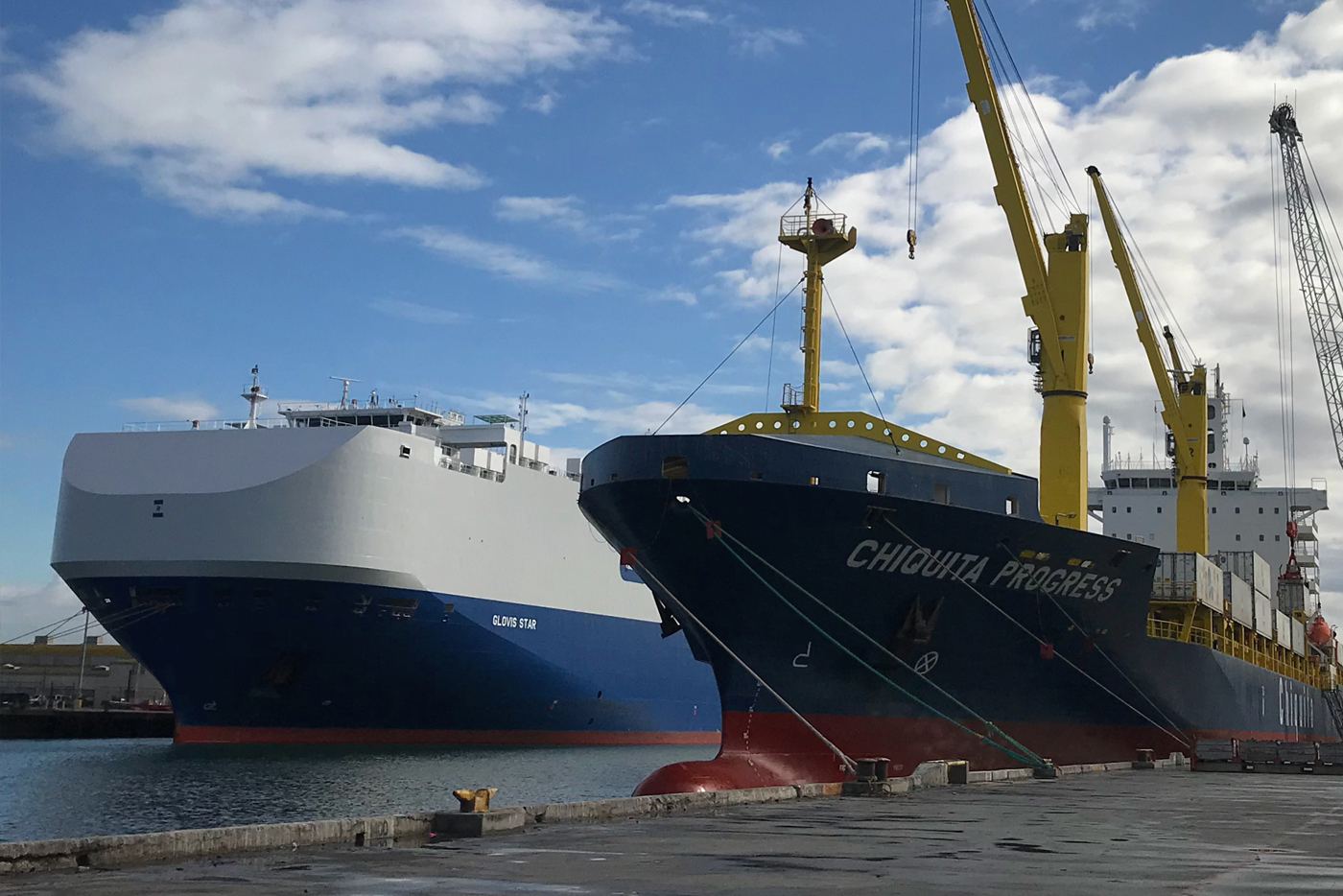The Harbor District’s political boundaries are comprised of the Greater City of Oxnard area (population 181,000) and the City of Port Hueneme (population 22,000). Each Harbor Commissioner is popularly elected by the citizens of the Oxnard Harbor District for a four-year term. Their terms are staggered to maintain continuity.
The Oxnard Harbor District receives no taxes for its operation, operating entirely on Port business generated funds. In fact, in addition to paying fees for harbor development permits, the Harbor District pays significant amounts to the City of Port Hueneme through special agreements to provide for City services necessary to support Port activities. On an annual basis, the Port publishes a Comprehensive Annual Financial Report for the prior fiscal year and adopts a budget including a debt schedule and capital plan for the current fiscal year (July 1 through June 30).
The Port of Hueneme plays a vital role in the intermodal logistics supply chain and is critical to the economic health of Ventura County and the Southern California region. The Port supports the transport of over $7 billion in cargo, generates a $1 billion economic impact, and provides more than 9,400 direct, indirect, induced and influenced jobs regionally. Top trading partners include: Austria, Brazil, Canada, Costa Rica, China, Ecuador, Germany, Great Britain, Guatemala, Japan, Korea, Mexico, Norway, Portugal, Poland, Russia, South Africa, Spain, Sweden and Turkey.
‘Reel Guppy Outdoors’ Expands Programming, Participation, and Partnerships with Dockside Learning Center at Fisherman’s Wharf in the Channel Islands Harbor
Port/City Community Benefit Fund Donation Makes A Splash in the Local Community
Download Press Release
[Oxnard, California – March 28, 2024] The Port read more
FIRST Robotics “Hueneme Port Regional” takes place at FATHOMWERX Lab for Third Consecutive Year
Over 1,500 high school students from around the world will showcase their engineering skills and innovations at the Port of Hueneme.
Download read more
Hundreds of Runners Participated in a Heart Pumping Race to the Finish During the First-Ever Port/City 5K
Local runners enjoyed sun and fun at the inaugural “Run for Your Heart” 5K Race
Download Press Release
[Port Hueneme, CA – February read more




